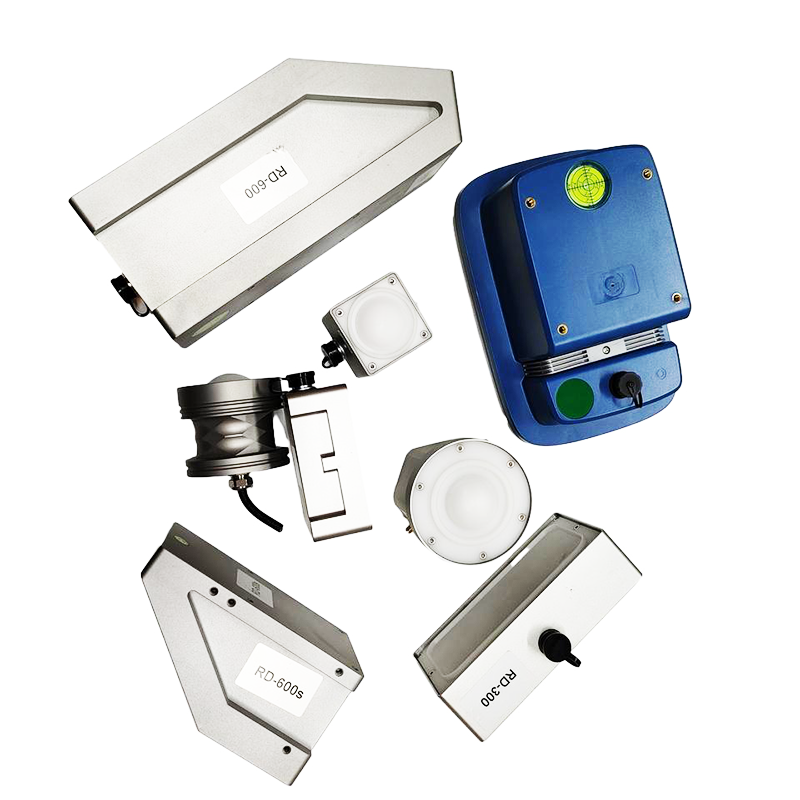U.S. Army soldiers of the Arizona National Guard guide tourists trapped by flash flooding into a UH-60 Blackhawk, Saturday, Aug. 24, 2024, on the Havasupai Reservation in Supai, Ariz. (Maj. Erin Hannigan/U.S. Army via AP)ASSOCIATED PRESS SANTA FE, N.M. (AP) — A flash flood that transformed a series of idyllic, azure waterfalls into a monstrous brown froth was ferocious but not unusual for the summer rainy season on the Havasupai reservation, one of the most remote reaches of the continental U.S. that attracts visitors worldwide.
But this time the rush of water that sent hundreds of hikers scrambling for high ground — some within nooks and caves in the canyon walls — turned deadly. A woman was swept away toward the Colorado River within the Grand Canyon, touching off a dayslong search and rescue effort involving the National Park Service in a unique environment beyond the reach of cellphones, within desert canyons accessible only by foot, mule or helicopters. Three days later and 19 miles (30 kilometers) downstream, a recreational river-rafting group would resolve the search. Afterward, survivors and rescuers clung to stories of shared grief, gratitude and respect for waters that turned unexpectedly violent.
First rain, then chaos
The day of the flash flood began before dawn for hikers descending into a verdant canyon on an 8-mile (13-kilometer) trek along switchback trails to a village in the heart of the Havasupai reservation.
From there, tourists walk toward their bucket-list destinations — a series of majestic waterfalls and a creek-side campground. The canyon’s normally blue-green waters draw tourists from around the world.
Physical therapist Hanna St. Denis, 33, traveled from Los Angeles to see the natural wonders on her first-ever overnight backpacking trip, with a friend, hitting the trail before dawn last Thursday and reaching the last of three iconic waterfalls by midday.
Steady rain arrived. Below Beaver Falls, a swimmer noticed a quickening current. Water began to sprout from the canyon walls, dislodging rocks as the creek turned a chocolate color and swelled.
“It was sort of slowly getting brown on the edges and getting wider, and then we were out of there,” St. Denis said. She and other hikers climbed a ladder to higher ground with no way down as the water rose. “We were watching huge trees being ripped out with the roots, out of the ground.”
She had no way to call for help or even see around the canyon’s next corner.
At a nearby campground, 55-year-old Michael Langer of Fountain Hills, Arizona, noticed water cascading into the canyon from other locations.
“Ten seconds after that, a tribal member came running through the campsites screaming, ‘Flash flood, emergency evacuation, run to high ground,’” Langer recounted.
Nearby, a thundering Mooney Falls swelled to monstrous proportions, as drenched hikers scampered to an elevated shelf and wedged themselves into crannies.
Distress signals
By 1:30 p.m. officials at Grand Canyon National Park adjacent to the Havasupai land began receiving distress calls from satellite-connected devices that can transmit SOS alerts, text messages and voice calls where cellphones won’t reach.
“The narrowness of that canyon, it’s very difficult to get communications out; there wasn’t any clear understanding of the extent of human life lost or injury initially,” said Joelle Baird, a park spokesperson.
The park grappled with overstated reports of mass casualties but confirmed an alarming event. Two hikers — a husband and wife — had been swept away by the flash flood as they hiked near the point where Havasu Creek empties into the Colorado River.
By 4 p.m., a break in the weather allowed the park to send a helicopter and organize a hasty ground patrol in the area, Baird said.
Andrew Nickerson, the husband, was picked up that night by a group rafting the 280-mile (450-kilometer) stretch of the river that runs through the Grand Canyon.
“I was seconds from death when a random stranger jumped from his river raft and risked his life without hesitation to rescue me from the raging waters,” Nickerson wrote later on social media.
His wife, 33-year-old Chenoa Nickerson, was swept into the river’s main channel and unaccounted for. A search bulletin went out Friday for a missing brunette, tall with blue eyes. Like most hikers at Havasupai, she wasn’t wearing a life jacket.
Flash-flood season
Arizona State Climatologist Erinanne Saffell said the flash flooding through the canyon was heavy but not atypical, even without consideration for human-caused global warming that has resulted in greater weather extremes.
“It’s part of our monsoon season and that rain comes down and doesn’t have anywhere to go, and so it can channel off and cause a lot of harm for folks that are in the way,” she said.
We can provide a variety of hydrologic monitoring sensors, effective real-time monitoring of water level velocity data:
Post time: Sep-02-2024


